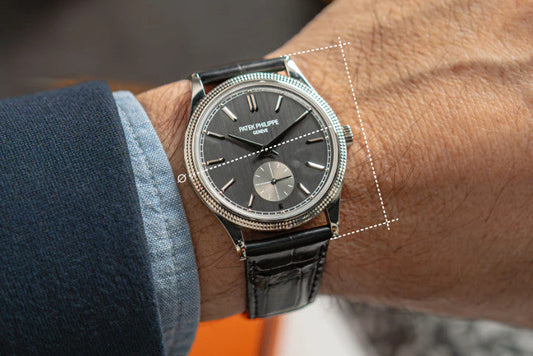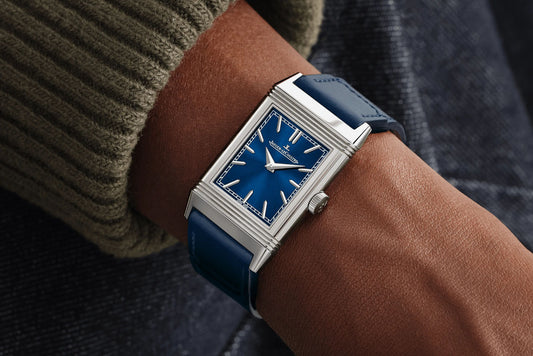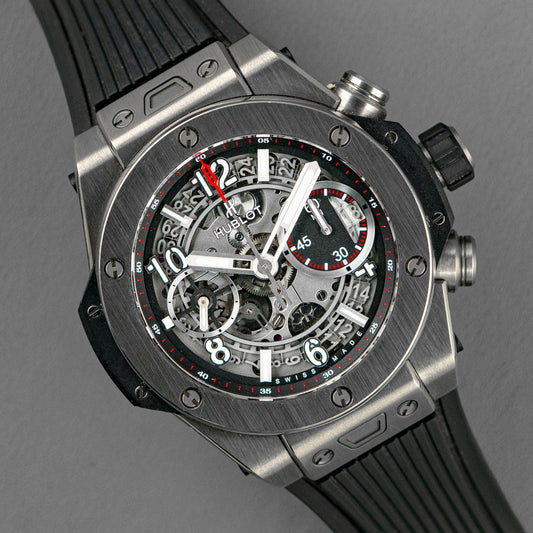Omega Moonwatch: From the Runway to the Moon
Fernando AldeaThe rocket's journey that took the Omega Speedmaster to become the Moonwatch is fascinating. We've heard the story many times, but we love it so much that it's always good to return to it and remember how this great chronograph transformed into the watchmaking icon it is today.
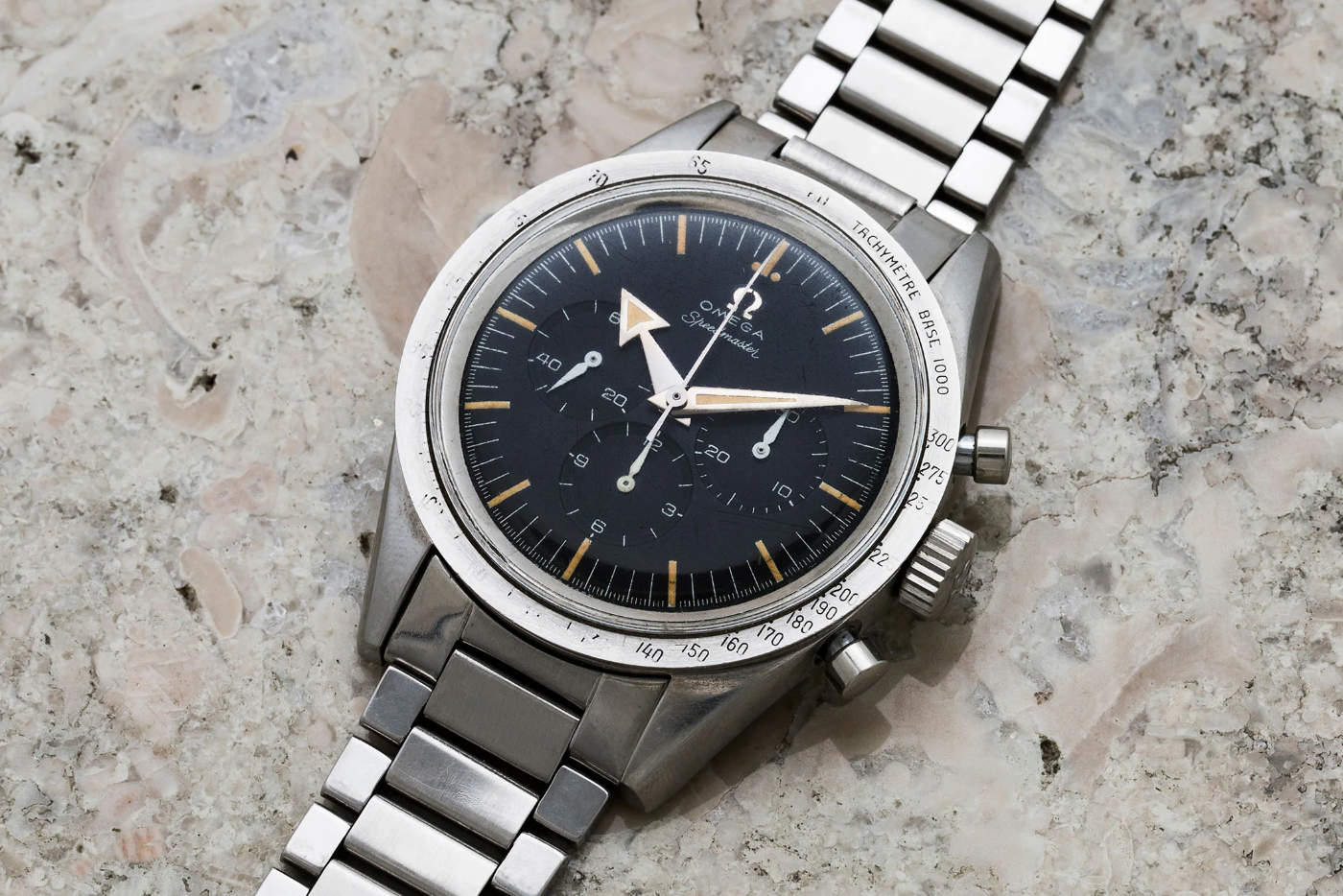
Origins of the icon
Originally designed as a chronograph for car racing and general sports, and launched in 1957 as part of a trilogy that also included a redesigned Seamaster and a super-precise Railmaster —which never generated much enthusiasm—the Omega Speedmaster would soon capture the attention of the entire world, including NASA. In the mid-1960s, a turbulent but highly entertaining decade, it was subjected to a series of rigorous tests alongside other great watches of the time, in which it had to withstand extreme conditions of temperature, vibration, shock, and, of course, vacuum. The Speedmaster not only passed all these tests, but also left its competitors in the dust, making it the official watch of NASA for manned space missions.
Omega was already a prestigious watchmaker with a long legacy in those years, but the selection of the third-generation Speedmaster as the watch of choice for astronauts on the lunar surface in 1963 put the Swiss brand a few notches above its competitors. Not even Rolex was able to fully meet the space agency's requirements.
It was in 1969 – the year the Internet was born and Led Zeppelin released their first album – that Buzz Aldrin wore an Omega Speedmaster on his wrist during the Apollo 11 mission, thus forever connecting this timepiece with our natural satellite and transforming it into the “Moonwatch” . On all subsequent Apollo missions, the Moonwatch was a must-have piece, and from then on, the Speedmaster has adorned the wrists of astronauts, presidents, and celebrities, cementing its status as an icon, an out-of-this-world timepiece.

Design Fundamentals
The first Speedmaster, the CK 2915 from 1957, also known as the "Broad Arrow" , was inspired by the dashboards of contemporary Italian sports cars for the design of the dial and the placement of the chronograph counters, in keeping with its automotive character. This design by Swiss designer Claude Baillod is a beautiful example of balance and proportion: a 39 mm case—the finest diameter and point—straight lugs, large arrow-shaped hands, and a black steel bezel with a tachymeter. Beautiful.
The 1959 reference CK 2998, the second version of the Speedmaster, increased its diameter to 40 mm and adopted alpha hands and a black aluminum bezel to further improve legibility. In 1962, with the ST 105.002, Omega finally introduced the signature Speedmaster hands, and a year later, the watchmaker launched the asymmetrical 42 mm case with push-piece and crown protection, which remains in production to this day, almost unchanged.
The first movement to beat inside a Speedmaster was the famous Caliber 321, introduced as a joint project by Omega and Lemania (an Omega subsidiary at the time) in 1942. The 321 is not only beautiful to look at, but is also considered one of the finest side-clutch column-wheel chronographs in history, which is why it has also been used by giants such as Breguet, Patek Philippe, and Vacheron Constantin. A very important event in this history occurred in 1946, when protection against magnetic fields and shocks was added, which would later prove essential for passing NASA tests. Today, the heart of the Speedmaster is its Caliber 3861 hand-wound mechanical chronograph movement, a movement that continues the timepiece's horological heritage by being manually wound, but which features all the characteristics of a modern caliber, namely greater precision, greater resistance to magnetic fields, and an increased power reserve of 50 hours.
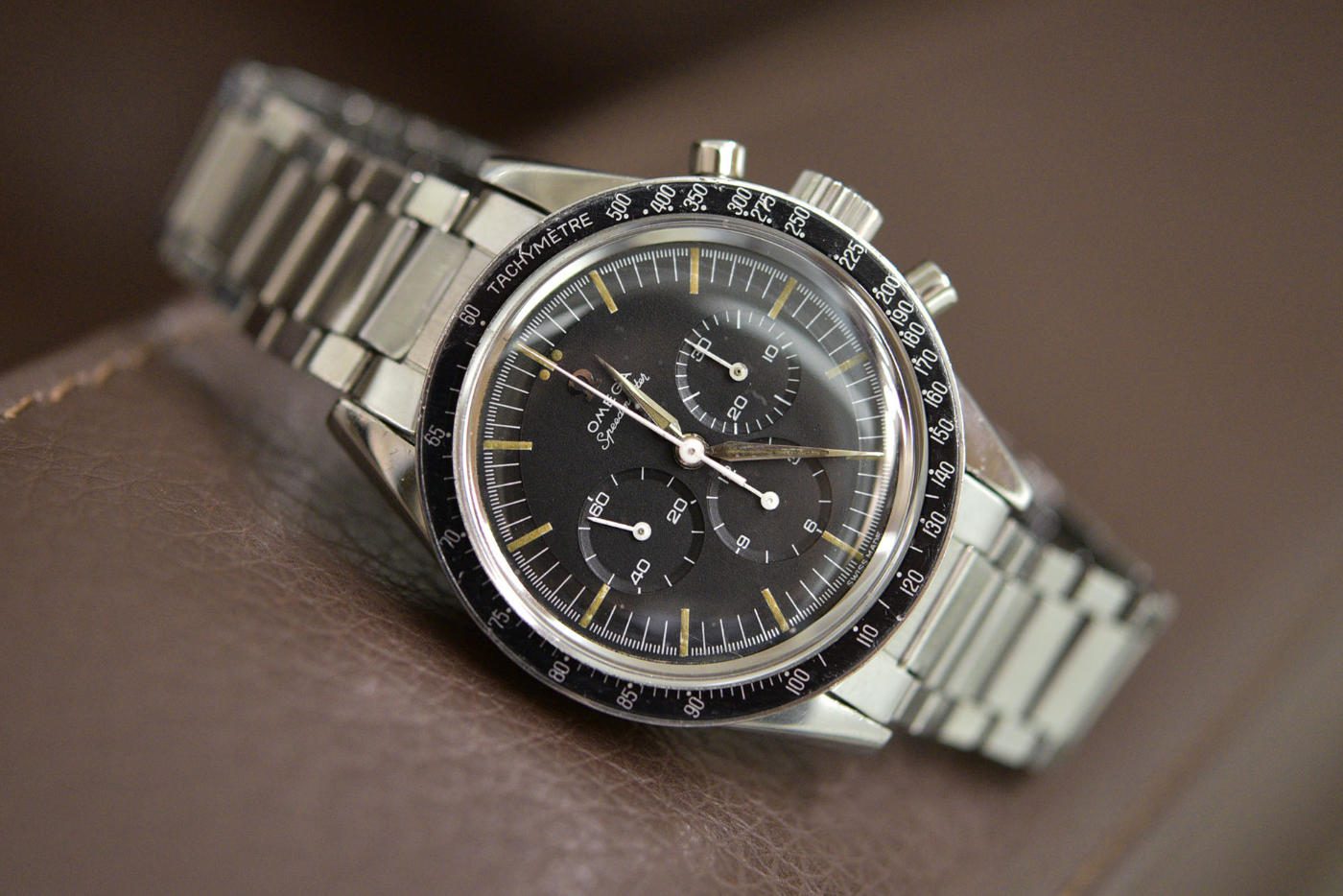
The design of the Omega Speedmaster Moonwatch Professional—the full name of the aforementioned—is an exercise in extreme purism. Its deep black dial with its deep white markers and hands create a stark contrast, perfect for easy and immediate reading of the time and chronograph times. It's clear that this monochromatic palette was one of the spatial requirements that Omega certainly met, and it's not difficult to understand why this basic design was so successful, becoming the canvas for dozens of subsequent iterations, both its own and those of other brands worthy of the "homage."
Something that isn't talked about as much is the choice of Hesalite crystal, a pretty name for a type of plastic specifically selected for its ability to withstand sudden changes in atmospheric pressure. Although more prone to scratches than sapphire, Hesalite can deform slightly under pressure without breaking, offering additional security during space missions. These details are what make this watch a masterpiece of industrial design, a cult object whose twisted lugs produce greater structural strength with greater material lightness.
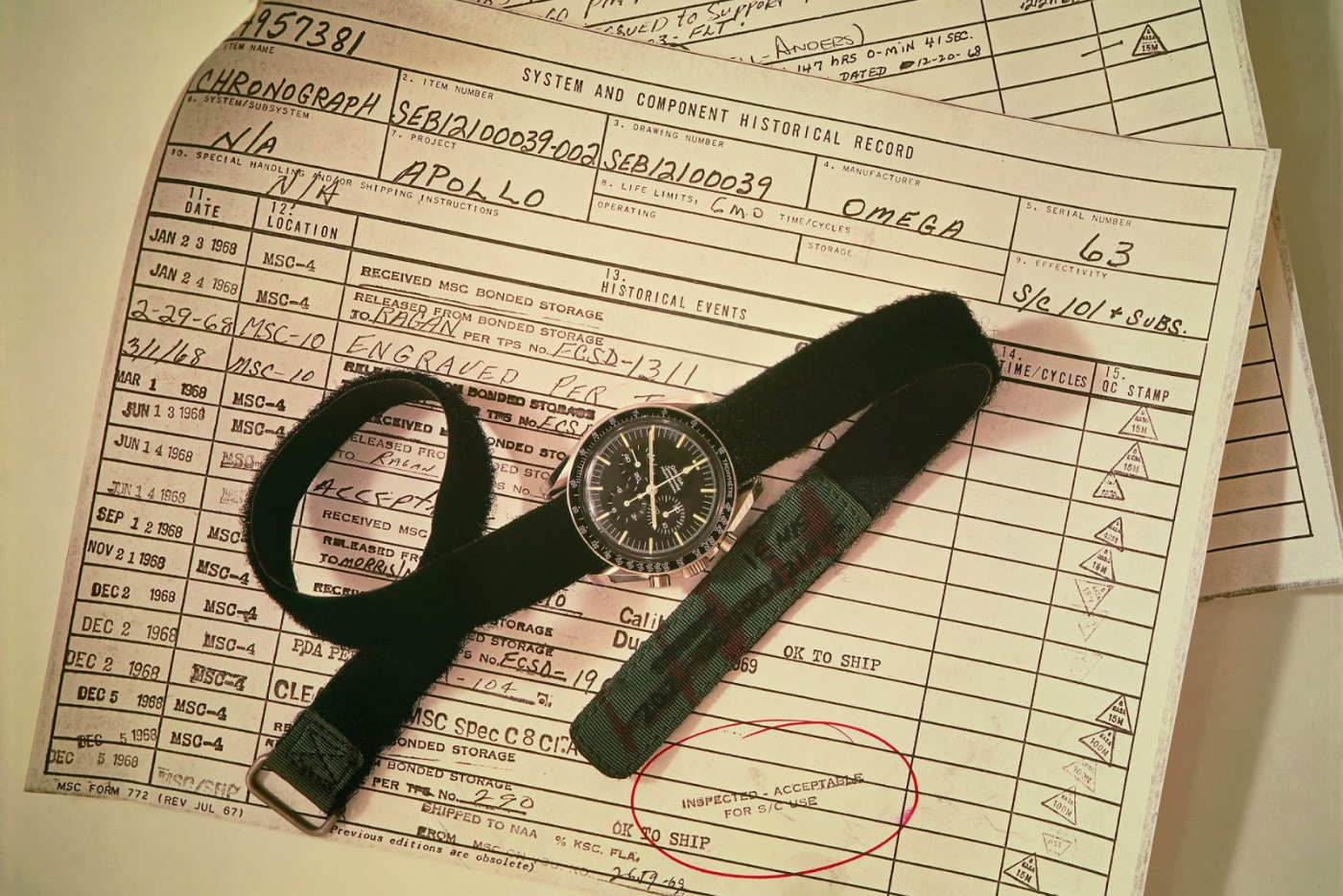
Influence on the industry
When it comes to influence, the Omega Speedmaster Moonwatch Professional is the equivalent of the world's most followed influencer . Its association with NASA's space missions not only solidified its reputation as a watch that could perform under the most extreme conditions, but also set a standard for what is expected of watches designed for the great adventure. Being the space agency's watch and accompanying astronauts to the moon is surely the coolest thing you can hope for. Therefore, several manufacturers have followed suit. Houses like Breitling, Fortis, Seiko, Bulova, Sinn, and others have gone beyond the stratosphere and the ozone layer.
Over the years, the Moonwatch has seen countless variations of its original form emerge, many of which are special editions commemorating various space events. These editions not only celebrate historical events but also technical innovations that have been introduced into the watch as part of a natural industrial process of continuous improvement. This evolution, present in most models with a history, manifests itself in the Moonwatch in a unique way, one that has kept the watch at the forefront of watchmaking design, while always preserving the essence of the original model. This is no small challenge, especially when you have a winning product and the commercial temptation is high.
This consistency over so many years has obviously placed the watch on the wrists of very important figures and as a protagonist in critical moments in history, which has enriched its narrative, its epic. The Moonwatch is seen by the industry and collectors as a symbol of achievement and perseverance of the human spirit, and when you add to this subjective aspect a few tablespoons of objective technical quality and a pinch—probably more than a pinch—of highly attractive, proportionate design, you get a successful, timeless product, an example to follow for the entire industry. Especially the luxury industry, which requires an emotional component to accompany its offering, as exclusive as it is unnecessary.
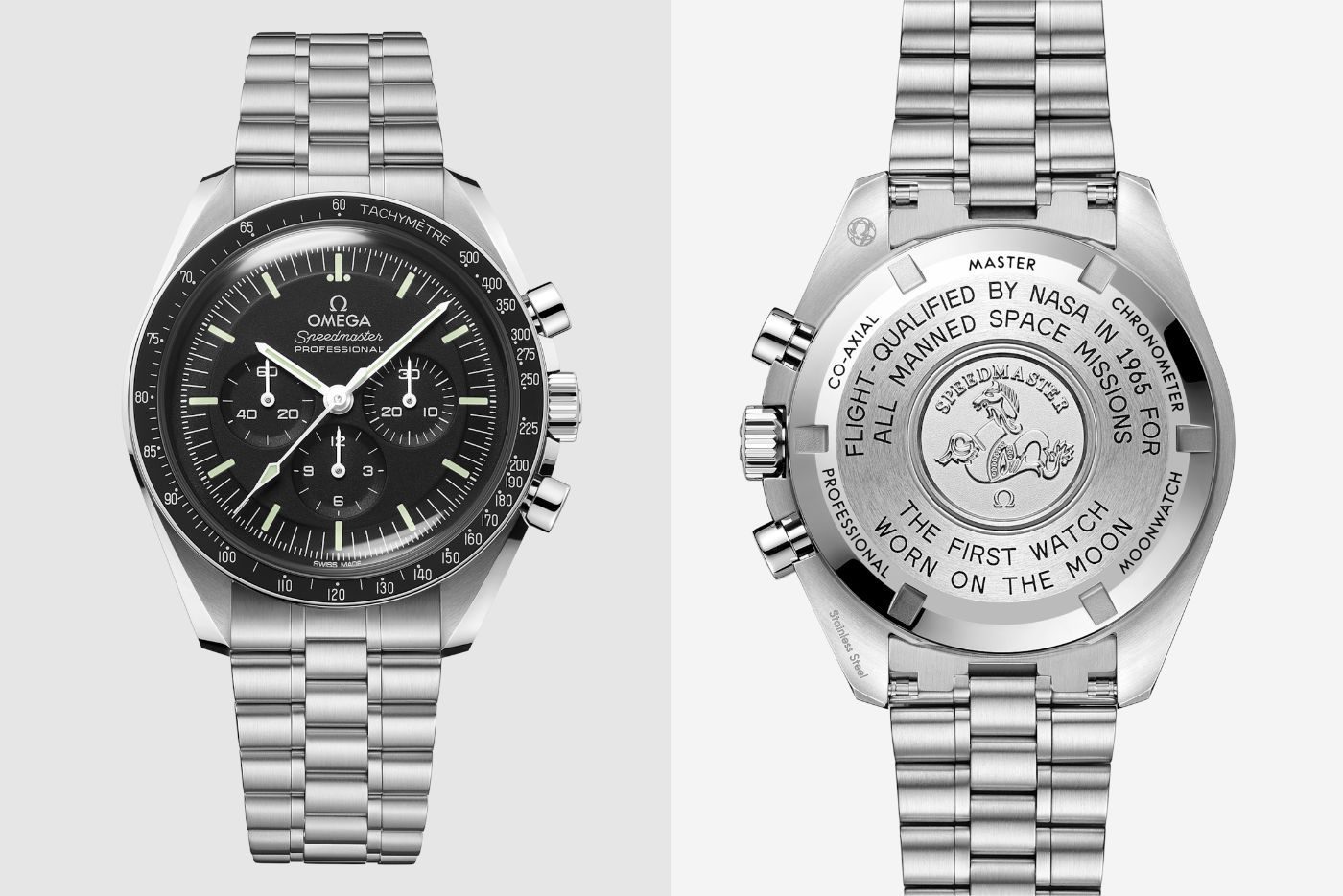
Present and legacy
The Moonwatch remains a cornerstone of Omega's collection today, enjoying a well-earned special status. Therefore, recognizing the importance of preserving the watch's historical authenticity and allowing for continued innovation, the Bienne-based house made the strategic decision to separate the Moonwatch line from the broader Speedmaster line. This division has allowed the essence of the original Moonwatch to be maintained in one line, while the other can continue to evolve as a sports chronograph, introducing new technologies and designs without altering the Moonwatch's legacy.
The Speedmaster Moonwatch, a witness to the space race, remains, 66 years later, an active participant in space exploration. It's a cultural icon that symbolizes human adventure and the desire to explore the unknown. Omega, which initially had no idea it had won the competition, has ensured this legacy with its ongoing celebration through exhibitions, limited editions, and collaborations, keeping the Moonwatch narrative alive and current. In turn, the Swatch Group, which owns Omega, knows exactly how to capitalize on what it has by simply adding an "S" —my only reference to the MoonSwatch—so we'll continue to see enough iterations of the Moonwatch, in metal or plastic, to cover the distance between the Earth and the Moon several times over.
https://www.youtube.com/watch?v=i6rnQFmqrcgMore on the Blog


